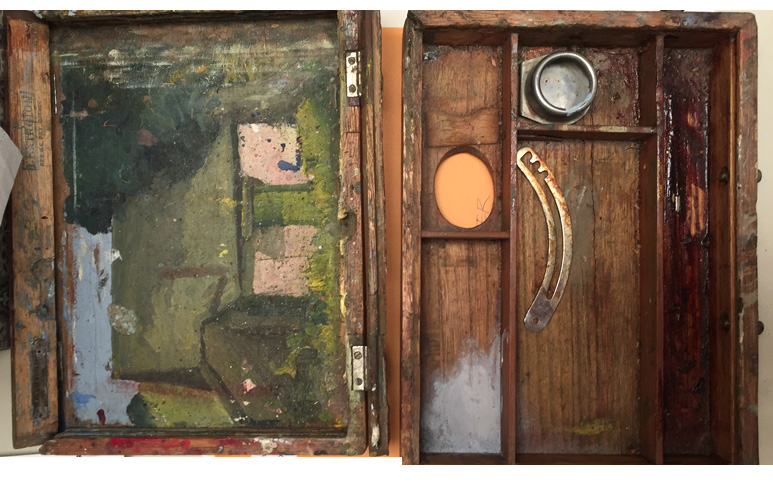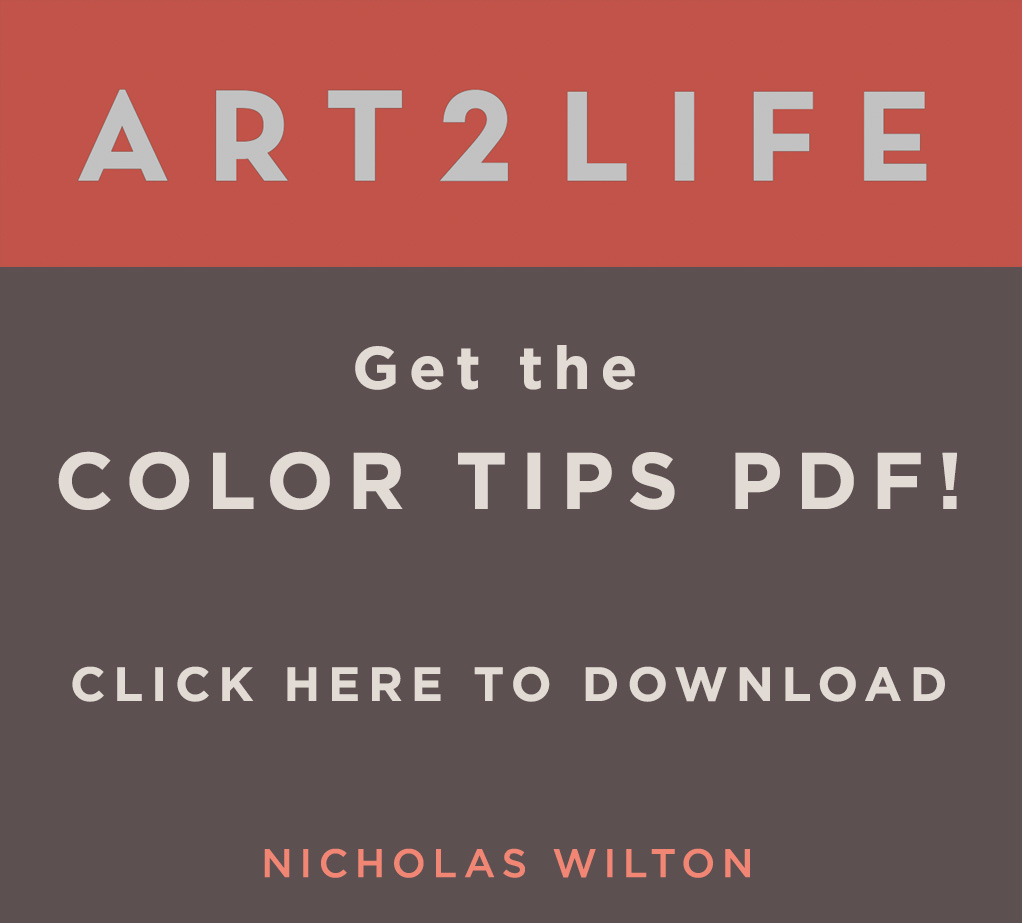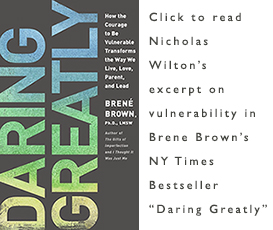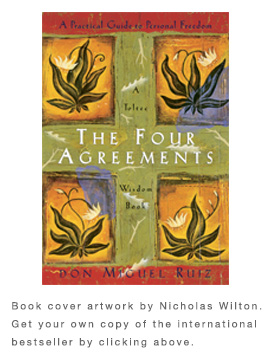I recently did an interview with one of my favorite landscape painters Russell Chatham. There is always one question that I like to ask, especially when the artist is so seemingly far along in their art; when it appears that their art is so developed, so mature that it is hard to imagine it could get any better… when their art is simply an extension of who they are.
The question is this:
At what point in your career did you feel your work became more like you?
I know for me, for decades I felt I was struggling with trying to make something that I simply liked. Each painting seemed totally different from the first. And it happened almost every time I made a painting. Not only was I trying different materials but I was trying on different approaches, different ways of seeing and making art.
When I asked Russell this question he knew right away what I was talking about. He remembered.
Being a self taught landscape painter, all of his early efforts were spent mostly standing in the wilderness, painting what he saw. He used a small painting kit his grandfather, the renowned painter Gottardo Piazzoni, had given him as a small boy. He described them as sketches. Small studies that described his surroundings.
It wasn’t until he needed to paint larger that his work began to take a more personal shift. One that began a process of editing, of winnowing-down to not so much of all he was seeing, but what he was feeling. All he remembered.
This began to occur because in order to paint large, he had to make the art in his studio. It simply was not practical to paint them outdoors in the elements. The pictures were inspired by nature, and places that he had been, but for the most part these larger paintings were made from memory.
And when this happened, editing occurred. It has to. Once the artist is filtering the information, instead of merely artfully recording what is seen, slowly a personal criteria emerges about what works and what doesn’t. The millions of yes and no decisions utilized in the making of your art begin to be made by looking within instead of outside of yourself.
This was certainly true for me. It took seemingly way too long to realize this concept. However maybe those criteria, that inner knowing of what resonates with you is not something you’re born with. Maybe it has to develop slowly, over time by spending countless hours looking outside of yourself.
In Russell’s case, decades were spent standing outside in all the places that spoke to him, that carried enough potency of place that he pulled his old truck to the side of the road, pulled his tiny painting kit out and began painting.
I am not sure if it is possible to get to that point where you are relying more on what is inside, rather than outside of yourself to make art, but I definitely see, not only for myself but with so many artists I meet, that once you do, that this is when the art really begins to develop. Authenticity, soulfulness and often, interestingly, desire for it by the outside world all increase. The more wild zig zagging of different looks or styles of approaching your art that come part and parcel with the early phase of a career settle down into a more cohesive direction. Everything begins to fall into place.
Again, I don’t think it is possible to game the arrival of this time in any way. You can’t bake a cake any faster just because you know the kind of cake you desire. But maybe there is some comfort, some small reassurance that for all of us struggling to find our way in our art that there is a place, probably not too far ahead for each of us, where we can make art that will feel and turn out more the way we want it to. Where the outcome will sometimes even amaze us or maybe it just might come a little more naturally. Like it is making itself.
I truly think that this begins to happen when the distance between who we are and what we make lessens – when that gulf, that distance between the two, becomes so small that the line is barely visible.
In other words, it is simply when your art becomes you.
Have you experienced this in your art making?




